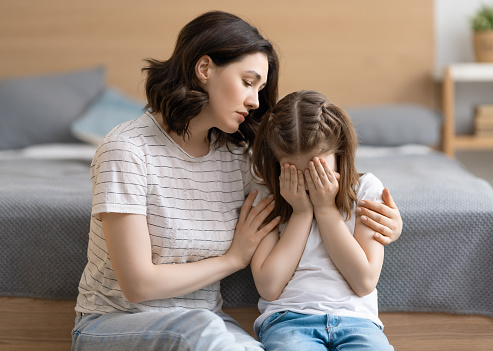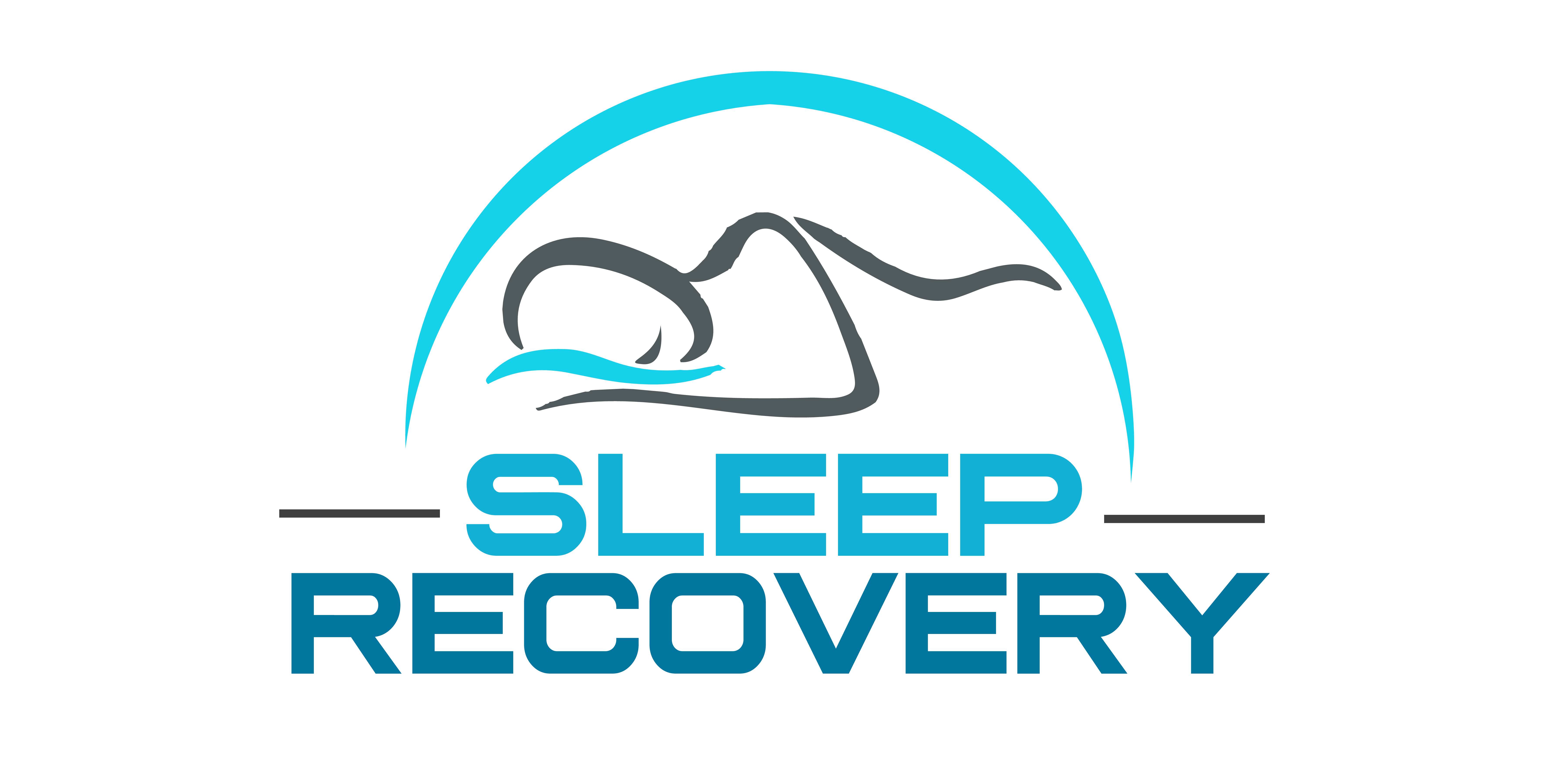Insomnia in Pediatric Populations: A Quiet Crisis Subverting Our Children’s Futures

Pediatric Insomnia: A Quiet Crisis Subverting Our Children’s Futures
Pediatric insomnia isn’t just keeping kids up at night—it’s keeping entire families awake with worry. What was once considered a minor childhood phase has emerged as a severe health crisis affecting millions of children worldwide.
The numbers tell a stark story. Bedtime problems affect 10% to 30% of children, while up to 75% of children and young people with neurodevelopmental disorders experience different types of insomnia, compared to 3% to 36% in typically developing populations. However, what makes this even more concerning is that 68% of U.S. junior and senior high school students sleep seven hours or less on school nights and therefore do not get the recommended amount of sleep (10-12 hours minimum).
Since the COVID-19 pandemic, these problems have worsened. Kids are struggling with sleep at unprecedented rates, and parents are running out of solutions.
Traditional Approaches Fall Short
Here’s the frustrating truth about treating childhood insomnia: most doctors receive only 3 hours of training in sleep science. Children of parents with existing psychiatric conditions, such as anxiety disorders and mood disorders, also often report significant sleep-related problems. However, no medications are approved by the Food and Drug Administration (FDA) for addressing insomnia in children. The widely prescribed drug clonidine, for example, has potential side effects including hypotension, dizziness, and risk of rebound hypertension.
The current approach typically involves:
Behavioral interventions – These work for some kids but require months of consistency that exhausted parents struggle to maintain.
Medications – In a survey of nearly 700 community pediatricians, more than 75% had recommended a nonprescription or prescription medication for insomnia, despite the lack of FDA approval for its use in children.
Sleep restriction therapy – Often ineffective and can increase anxiety in already stressed children.
The problem? The etiology of pediatric insomnia is almost always multifactorial. When dealing with complex issues, adult-directed solutions often fail to meet the standards of validity for sleep quality.
The Unique Challenge of Pediatric Sleep Disorders
Children’s sleep problems aren’t just smaller versions of adult insomnia. Behavioral insomnias result from inconsistent parental limit-setting and improper sleep-onset association. But there’s more happening beneath the surface.
In adolescents and teens with anxiety disorders, hypervigilant states that drive increased awareness of (real or imagined) external environmental threats are thought to encourage sleep-onset and maintenance difficulties. Translation: anxious kids can’t turn their brains off at bedtime.
For children and young adults with ADHD, the situation becomes even more complex. Hyperarousal surrounding bedtime has been clinically associated with delayed sleep onset and reduced sleep duration. These kids aren’t choosing to stay awake—their nervous systems are stuck in overdrive.
The consequences ripple through every aspect of a young person’s life. Children and adolescents who do not get enough sleep have a greater incidence of obesity, diabetes mellitus, physical injuries, delayed mental health, and problems with attention and aggressive behavior.

A Revolutionary Approach: Sleep Recovery’s Brainwave Entrainment Program
While traditional medicine struggles with pediatric insomnia, an innovative solution has emerged from Irvine, California. Sleep Recovery offers something different: Safe, Simple & FDA Approved Brainwave Entrainment for Insomnia & Anxiety.
But what exactly is brainwave entrainment, and why does it work when other treatments fail?
The Science Behind Brainwave Training
Think of your brain like a sophisticated orchestra. When everything’s in sync, beautiful music emerges. But when the instruments are out of tune, chaos results. Sleep Recovery’s software programs detect and correct brainwave instabilities at the source of most insomnia and anxiety issues.
The approach is surprisingly simple: Just 30-minute sessions every other day are all it takes. No medications. No side effects. No forcing exhausted children through weeks of behavioral protocols.
Why It’s Effective for Children
Children’s brains are incredibly adaptable. Through Sleep Recovery’s programs, kids from 3 to 26 years old can benefit from early detection and a re-stabilization of their brain performance.
Here’s what makes this approach particularly effective for kids:
It’s non-invasive – No medications means no side effects or concerns about long-term impacts on developing brains.
It addresses the root cause – Instead of managing symptoms, brainwave entrainment corrects the underlying neural patterns causing sleep disruption.
It’s engaging – Sleep Recovery has become skilled at explaining the process to young people and getting them excited to help them enjoy their sessions.
It works quickly. Sleep Recovery’s goal for new clients is 6.5 to 8.5 hours of restful sleep per night, 5 to 6 nights per week, and an 85% reduction in overall anxiety.
The Sleep Recovery Difference
What sets Sleep Recovery apart isn’t just their technology—it’s their understanding of what families are going through. Sleep Recovery’s program director will walk you through the entire process and discuss any questions or concerns you may have.
They recognize that insomnia & anxiety are at epidemic levels for women all around the world, affecting not just children but entire family systems. That’s why their program includes personal coaching and phone support to prioritize clients’ needs, answer questions, and provide helpful dialogue.
For fathers dealing with their child’s sleep issues, they understand that men suffer in silence, often feeling helpless when traditional approaches fail their families.
Real Results: What Parents Are Saying
The proof of any treatment lies in results. Sleep Recovery has established an impressive track record, serving over 4,000 clients and boasting more than 59 years of collective experience.
But the real validation comes from parents who’ve seen their children transformed:
“My daughter has especially benefited because her symptoms manifest in the form of ADHD behaviors in the classroom setting. Due to this cutting-edge holistic process, her sleep patterns have greatly improved, which in turn causes her attention span to increase” – Parent review from their Google listing.
Another parent shared: “My dad (age 64), my daughter (age 11), and I (age 36) have all been clients of the bio-feedback system. I have suffered from sleep deprivation for many years and have tried every remedy from medication to meditation. This therapy is truly a miracle and God-send”.
The reviews consistently highlight the same themes:
- Rapid improvement in sleep quality
- Reduced anxiety and ADHD symptoms
- Better family dynamics
- Long-lasting results
Sleep Recovery, Inc. has earned five stars on Google Reviews, showcasing long-term positive experiences from families across diverse socio-economic backgrounds.
The Broader Impact: Beyond Just Sleep
What parents discover is that solving their child’s sleep problems creates a ripple effect throughout the entire family. “Sleep Recovery Center is an excellent place to go for people with sleep deprivation and sleep deprivation-related issues and conditions,” – a sentiment echoed across multiple reviews.
One mother explained how the program addressed multiple issues at once: “The rapid drop in hormones after childbirth is what caused my postpartum depression, anxiety, and insomnia,” – showing how Sleep Recovery helps entire families, not just the child with sleep issues.

Teen friends portrait sitting together
Making Treatment Accessible
Recognizing that families are often already financially strained by their child’s health challenges, Sleep Recovery offers a complimentary consultation and a 4-session trial. All phone consultations are free and do not require signing up.
This commitment to accessibility reflects their understanding that young people deserve a chance to thrive now and in their futures.
An Open-Minded Invitation to Concerned Pediatricians
As we face an epidemic of childhood sleep disorders, traditional approaches are proving inadequate. The future lies in treatments that:
- Address root causes rather than managing symptoms
- Work with children’s natural brain development
- Provide rapid, lasting results
- Support entire family systems
How to Get Started
If your child struggles with sleep, you’re not alone. Whether insomnia has been a problem for several weeks or years, the Sleep Recovery Program has helped thousands of clients return to regular, healthy sleep that sustains itself in the long term.
The first step is simple: Sleep Recovery’s program director will provide a phone consultation to articulate the entire process and address any questions or concerns you may have. With free consultations and no obligation to sign up, there’s no risk in exploring whether this innovative approach could be the solution your family has been searching for.
Remember: your child’s sleep problems aren’t your fault, and they’re not permanent. With the right approach, young people deserve a chance to thrive now and in their futures. Sometimes, the most powerful changes come from the simplest solutions.
Sleep Recovery is located in Irvine, California, and provides tele-health-based services to families across all 50 states. To learn more about their brainwave entrainment program for children and teens, visit https://sleeprecovery.net or call 800-927-2339 to schedule a complimentary consultation.

